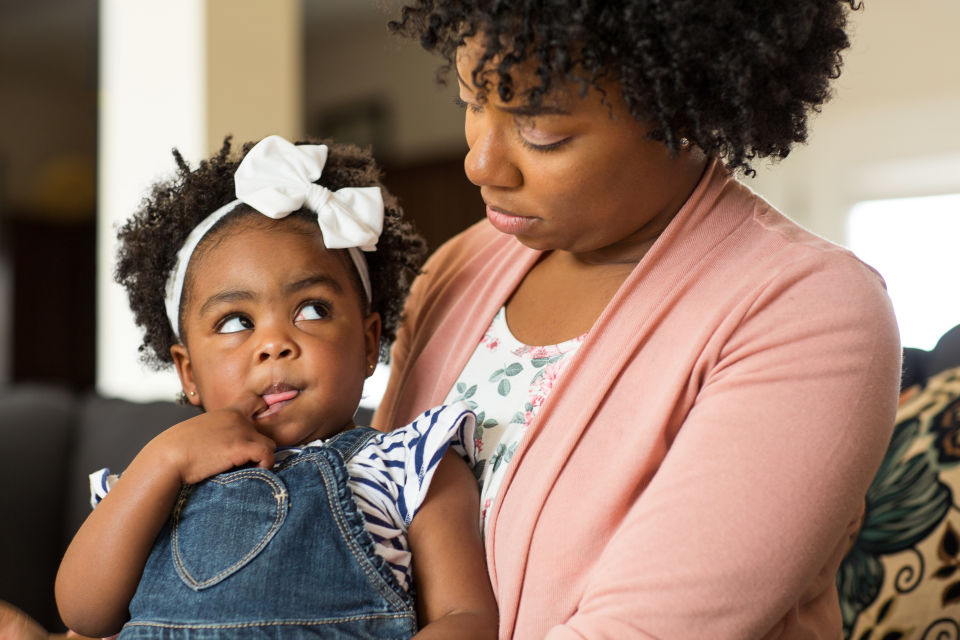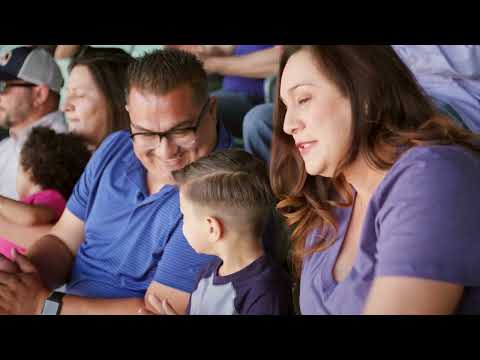Children of all ages will inevitably experience big emotions and show big behaviors. It's helpful to know what to do during these emotionally and behaviorally challenging times.

Childrens’ brains are not yet fully developed to be able to process and understand all of the emotions they can feel. These big emotions can cause children to show big behaviors. And while it’s considered normal, it can be challenging for parents to manage.
Safety first. The most important thing to do in these situations is to keep your child safe. This might mean moving your child to another area away from others. This may also mean reminding your child that you are there to keep them safe. If you have other children with you, make sure they are safe, and if possible, watched by someone else.
Wait. Once your child is in a safe place, give him time and space to be upset. This often means waiting for your child to calm down physically and emotionally. Remind your child that you are there to help and love her no matter what. You can suggest calming strategies such as taking deep breaths, counting down from 10, and having a drink of water. Do not use this time to talk to your child about what is happening.
Talk. Once your child has calmed down (stopped crying, calm voice, regular breathing), talk to your child about what happened. With a baby or toddler, you will have to give them the words to describe what happened and guess at what made them upset. With a toddler and preschooler, let them tell you what happened, helping only when necessary. Use this time to reconnect with your child – discuss what happened and what should happen next.
Practice calming strategies. Later on that day or the next day, when your child is calm and alone with you, discuss and practice calming strategies that can help them when they are upset.
Check out Parenting and Behavior Strategies for the age of your child (baby, toddler, preschooler) to find positive ways to discipline your child that work!
Check out Meltdowns vs Tantrums for more information about what the differences are and how to tackle both.
It is important that you stay calm when your child has big emotions. If you are upset when your child is upset, the behavior will last longer and more likely end up worse.
Model for your kids how to stay calm during big emotions. When you’re upset about something, tell your kids that you are upset and show them how you calm yourself down. By seeing you do it, your kids will better learn how to do it themselves.






